-
Shikoku pilgrimage in Mt. Takao
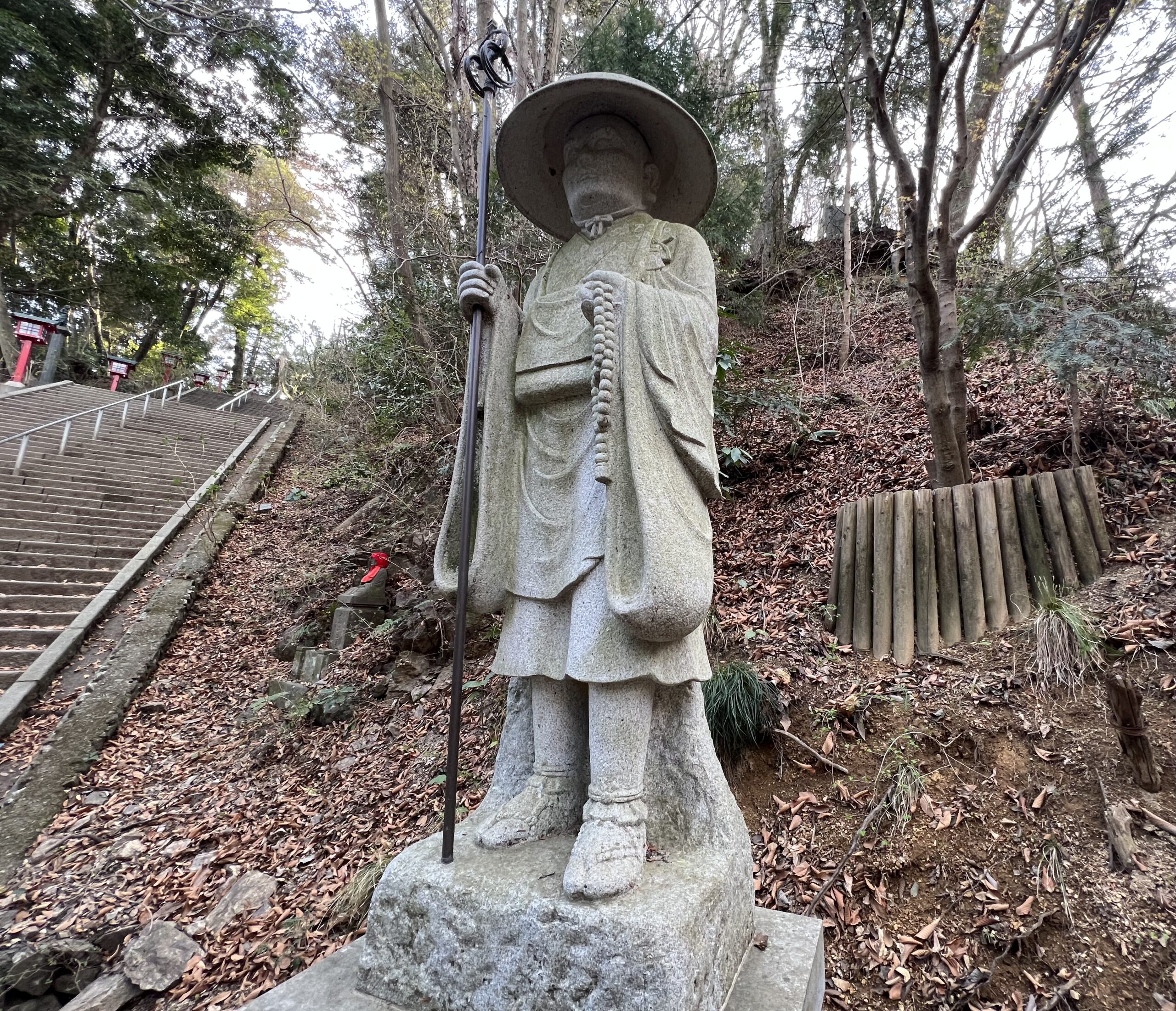
Yakuo-in Temple in Mt. Takao is effectively one of the Shugendo monasteries. Shugendo refers to the fusion of Buddhism and the Japanese mountain worship derived from Shinto, the indigenous religion of Japan based on nature worship. Having said that, Yakuo-in Temple is now “officially” one of the three (3) head temples of the Chizan School of…
-
For Whom Yakuo-in Temple’s Bell Tolls
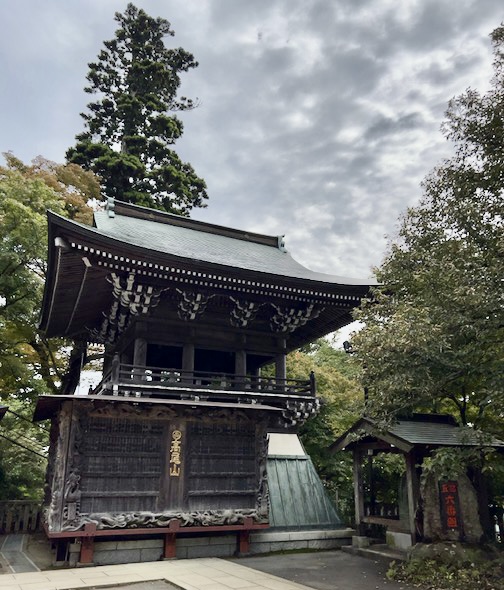
This is the shoro belfry in the precincts of Yakuo-in Temple in Mt. Takao, which is a reconstruction of the old building that was destroyed by one of the powerful typhoons in 1966. The reconstruction of the current building was completed in 1974. The old temple bell preserved next to the belfry is, however, said…
-
Izuna Daigongen as the ruler of Mt. Takao

Izuna Daigongen, literally, the Great Avatar of Izuna is regarded as the current ruler of Mt. Takao virtually ousting Yakushi Nyorai, literally, Healing Buddha (Bhaisajyaguru in Sanskrit), the original ruler of Mt. Takao. We could say that the statue of Izuna Daigongen is a deformed Buddhist statue. Izuna Daigongen was originally a Shinto deity called…
-
Mt. Fuji worship far away from Mt. Takao
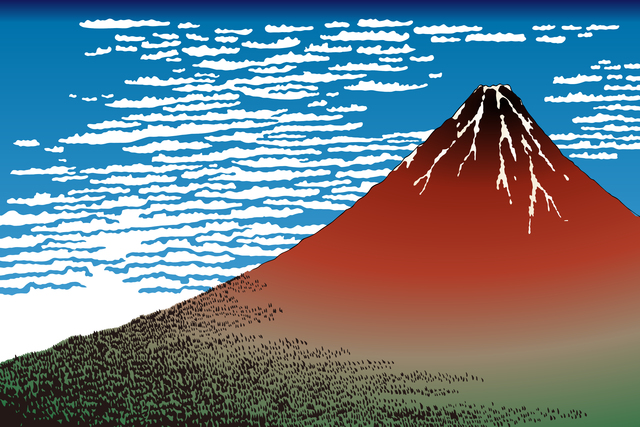
This small shrine called Fuji Sengensha Shrine is the last religious structure you will see on Trail 1 in the course of heading for the peak of Mt. Takao. It is a branch shrine of Fujisan Hongu Sengen-taisha Shrine that has some 1,200 year history headquartered in Shizuoka prefecture. “Fujisan” is a Japanese name of…
-
Guardian deities stationed at Buddhist style gates of Yakuo-in Temple in Mt. Takao

There are two (2) Buddhist style gates at Yakuo-in Temple in Mt. Takao. One of the Buddhist style gates is called Shitenno-mon, literally, the Gate of Four Heavenly Kings. This two-storied temple gate is all made of Japanese cypress having the architectural style with a semi-gabled copper roof. It houses the statues of four (4)…
-
A pair of Komainu as another symbol of Shinto

Aside from a Tori-i gate and a Shimenawa, a pair of stone carved guardian dogs (lions) called Komainu is “generally” regarded as a symbol of Shinto, the indigenous religion of Japan. A pair of Komainu, however, are often seen around some of the Buddhist temple gates as well. I believe that it is because the…
-
An Indian stupa as a forerunner of a Japanese pagoda
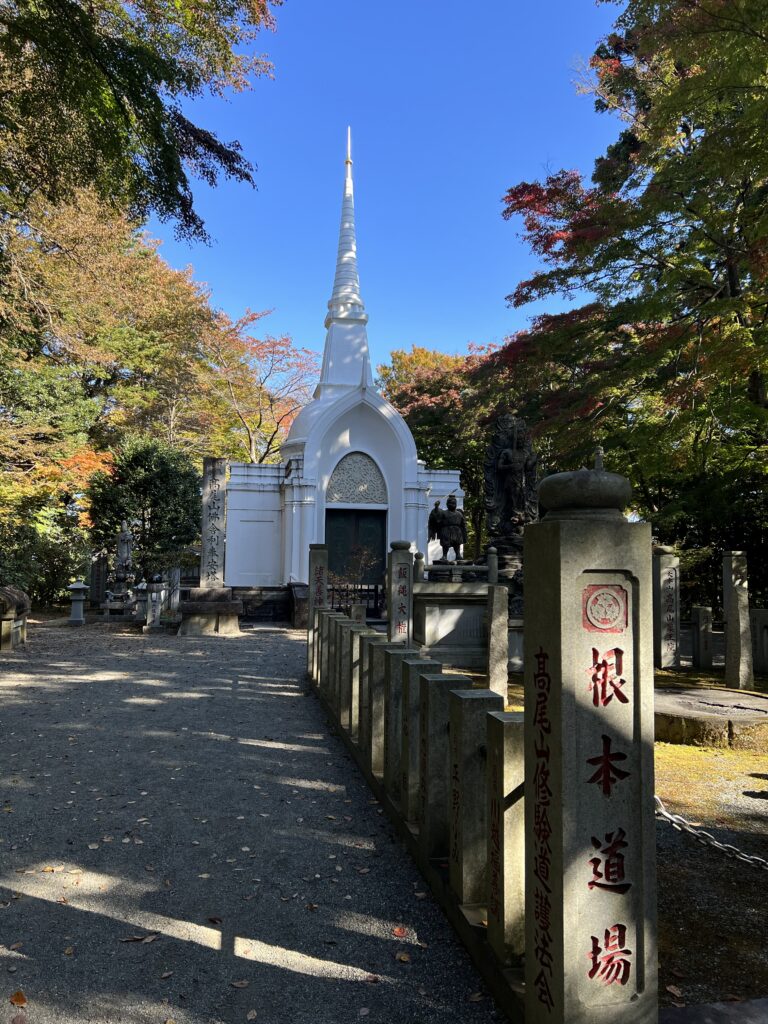
At Yuki-en in Mt. Takao, you can see a white structure called a stupa which is to enshrine the ashes of Shakyamuni Buddha, the founder of Buddhism. The ashes of Shakyamuni Buddha enshrined there were given by the late Rama VII (7th), the King of Thailand to Scout Association Japan in 1931 in token of…
-
Tengu as another symbol of Mt. Takao
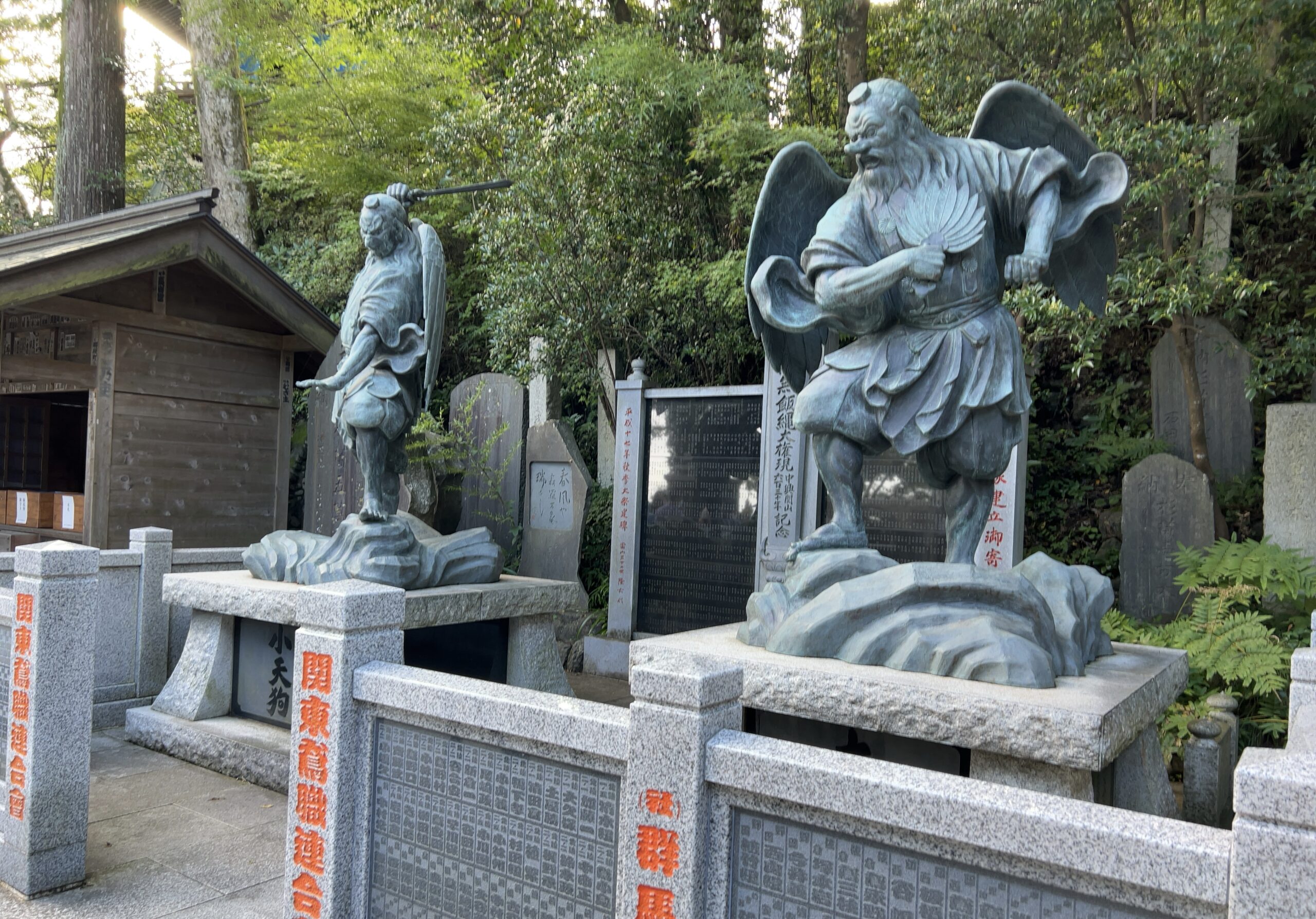
Tengu is another symbol of Mt. Takao. Tengu is an imaginary creature and closely associated with Shugendo which is the fusion of Buddhism and the Japanese mountain worship derived from Shinto. They are believed to live in sacred mountains acting as messengers of the gods. In Mt. Takao, they act as messengers of Izuna Daigongen,…
-
How should we make a prayer at Izuna Gongen-do Hall in Mt. Takao?
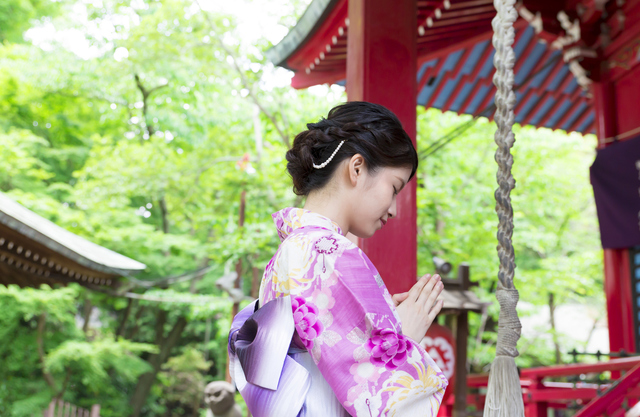
Generally speaking, I would explain to foreign tourists that the following should be the way to make a prayer at a Shinto shrine. Firstly, bow slightly, then, throw money into the offertory box. A 100-yen coin is very common. Bank of Japan Notes would be more than welcome by Japanese gods. Neither credit cards nor…
-
The origin of a Tori-i gate as another symbol of Shinto
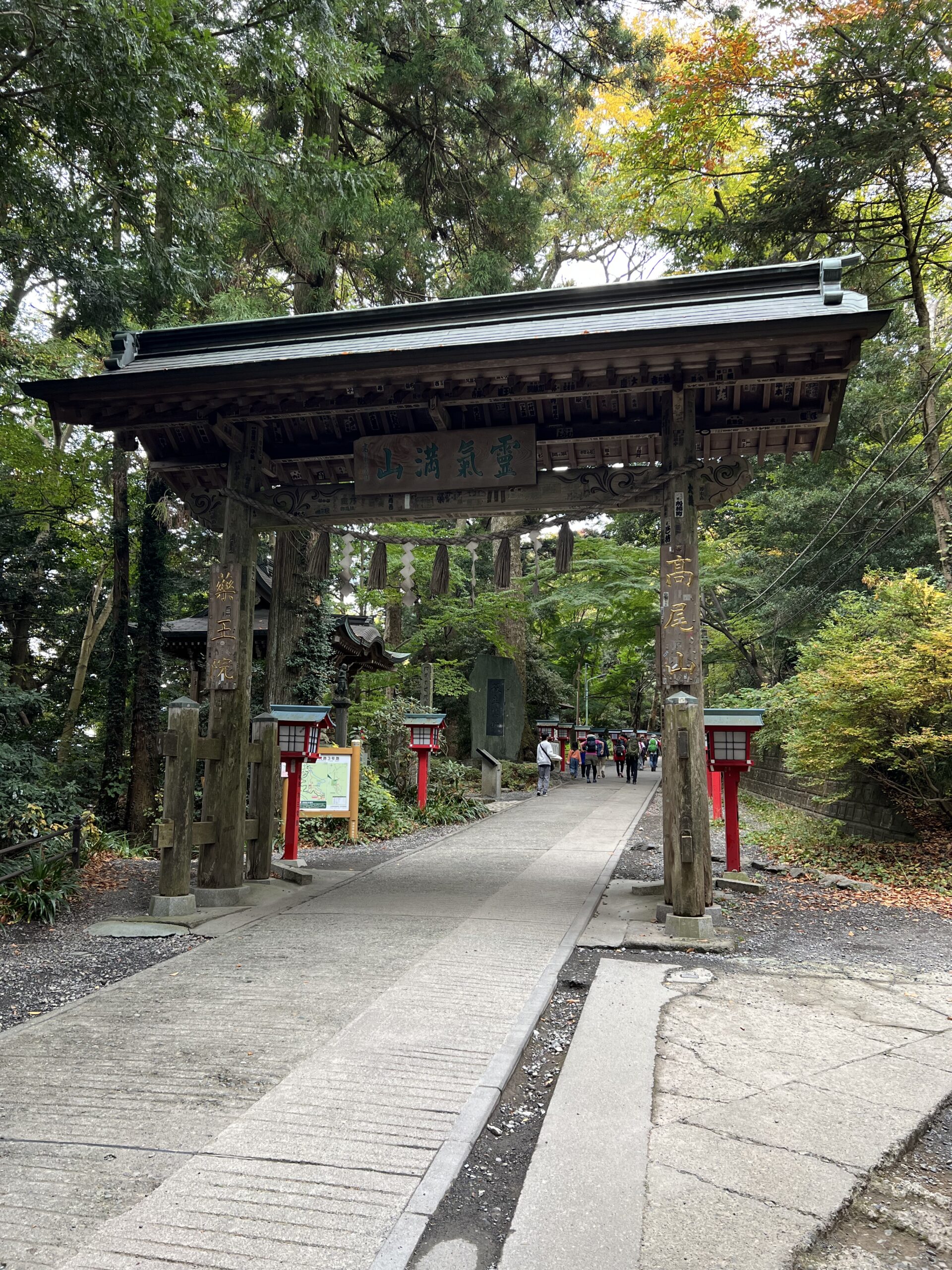
You will see Joshin-mon, literally, the Gate of Purified Heart, on Trail 1 which is the front approach to Yakuo-in Temple in Mt. Takao. Joshin-mon is a type of Tori-i gate. As mentioned in the post titled Shimenawa symbolizes good harvest, a Tori-i gate is, along with a Shimenawa, a twisted rice straw rope and…